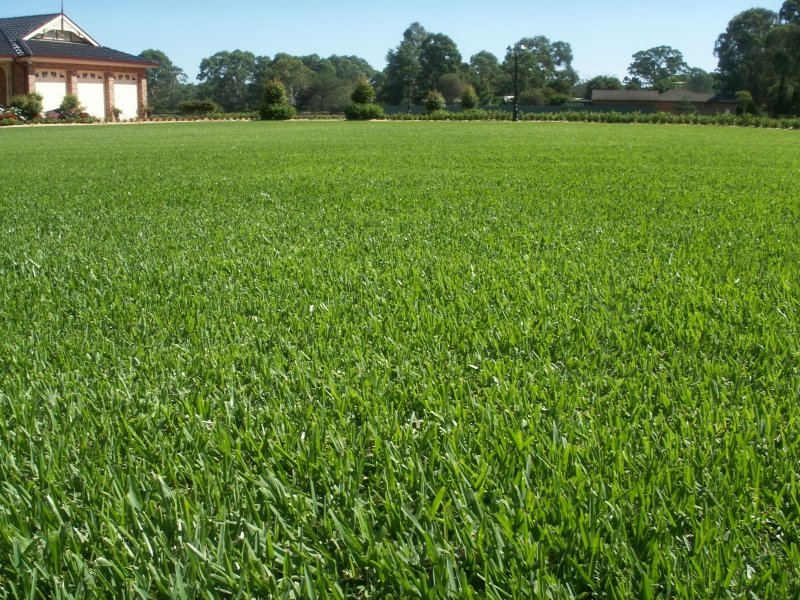Among the sought-after warm-season turfgrasses, Saint Augustine grass is among the popular ones. Ranging from medium to dark green and with a coarse texture, it has a low dense growth pattern. It also is relatively tolerant of all soil types and weather conditions, with exceptions being areas that face extended cold periods or soils that are waterlogged. Generally, St. Augustine grass, given enough nutrients and water, grow the quickest in the peak of summer. In order to understand the frequency of mowing needed for St. Augustine grass certain factors should be taken into account.
Benefits of Regular Mowing
There are a couple of benefits to mowing your lawn regularly, the most obvious one being the cosmetic appeal. It is pleasant to look at, with the grass being evenly distributed and neatly manicured, offering a great deal of personal satisfaction.
The less obvious benefit is in terms of the health of the lawn. Mowing regularly eliminates some of the pests from your lawn. It ensures that debris is removed and doesn’t accumulate on the lawn. When you cut to a more uniform level, it allows for the resources to be more equally distributed, which makes the appearance and the health of the lawn more consistent throughout.
Additionally, when the grass is cut, the strongest and healthiest shoots do the best and have a visible uplifting effect on the overall look of the lawn. Furthermore, the shoots of grass that get chopped return to the earth. Since plant matter decomposes relatively quickly, it revitalizes the soil underneath it.
Taking Account of the Seasons
A particularly healthy St. Augustine lawn will need to be mowed weekly during the summer season. Whereas, if it is in good condition consistently, the number of times it will have to be mowed will decrease. If you leave the lawn unattended for a prolonged period of time you will have to do additional work when you finally decide to get back to it. It will require greater effort since the neglect will cause a thicker layer of thatch to build up.
During the winter season, the growth rate is generally slower. That means you need to readjust your mowing pattern accordingly. Usually, it comes down to mowing your lawn around every 2 weeks. Pauses longer than that are not recommended. It may not seem to be growing a lot, but the growth is generally taking place in the thatch layer. This will prove to be detrimental to the overall health if not attended to.
The requirements for the spring and fall seasons vary somewhere between those of the summer and winter seasons. Since the weather starts cooling as we move out of summer and into the fall, the frequency would get lesser too. Whereas, the frequency would again pick up as you head out of the winter season and into the spring, leading to the peak requirements in the summer. For those of you living in the northeast Florida region, for example, a lawn mowed to a 4-inch height from April to October is the suggested routine.
For more information about Saint Augustine grass in your area, check out our website and give us a call!

